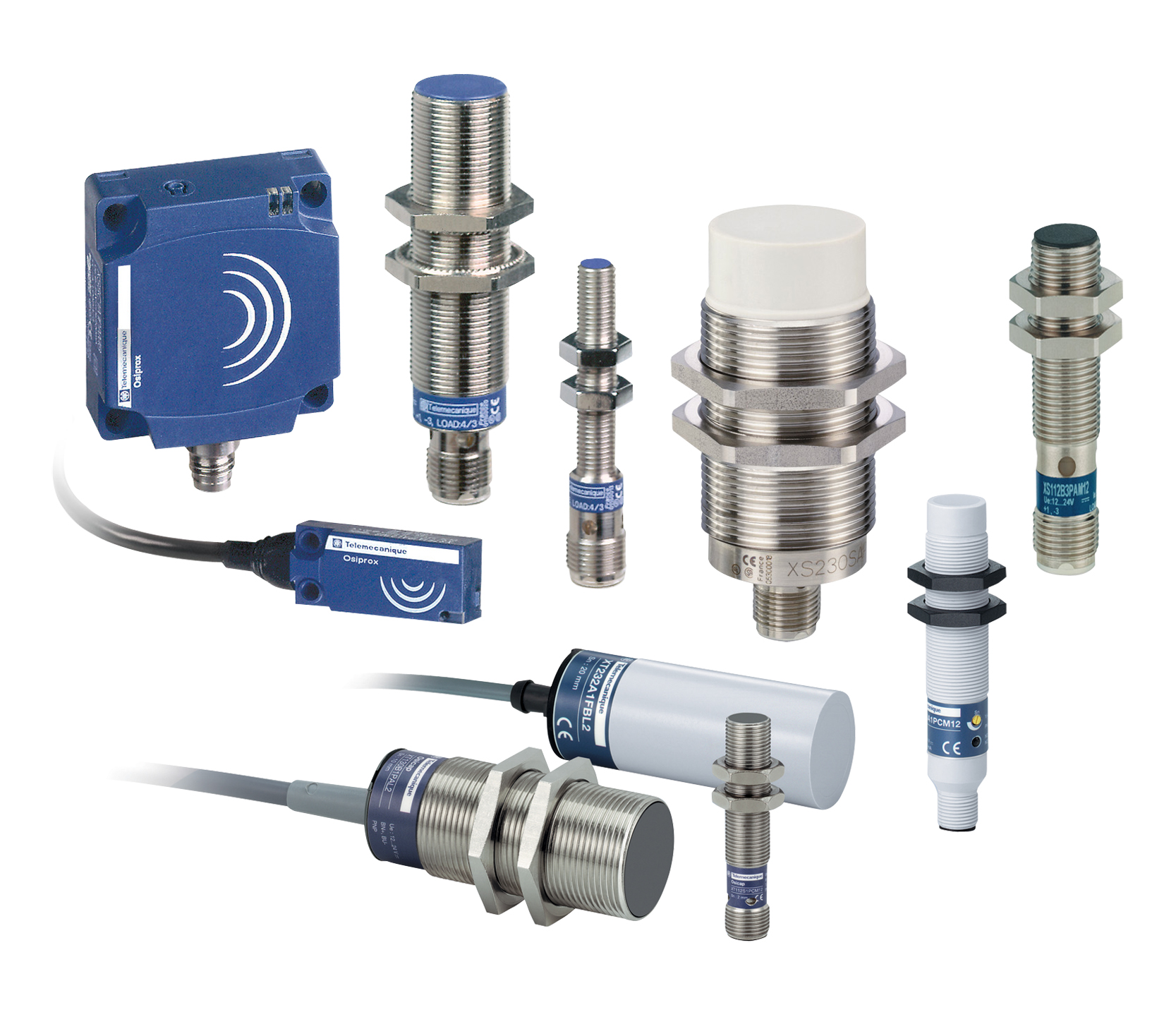Revolutionizing Smart Manufacturing with Telemecanique Proximity Sensor to Maximize Productivity
What is a Proximity Sensor?

Inductive Sensors & Capacitive Sensors
A proximity sensor operates by detecting nearby objects without the need for physical contact. This is achieved through either an electromagnetic field or radiation beam, wherein the sensor detects changes in the field or return signal when an object is present nearby. The object detected by the proximity sensor is referred to as a target, and it is often termed as a proximity switch according to the Japanese Industrial Standards (JIS) for contactless detecting sensors.
The relationship between the sensing object and the sensor can be likened to that of a transformer.
Proximity sensor offer high reliability and durability due to their lack of mechanical parts and absence of physical contact. They come in various models, including those using high-frequency oscillation to detect both ferrous and non-ferrous metal objects, as well as capacitive models for detecting non-metal objects. These models are designed to withstand environmental factors such as heat, chemicals, and water.
Features of Proximity Sensor:
1. Contactless Sensing: Proximity sensor detect objects without direct contact, preventing abrasion or damage to the object. Unlike limit switches, which require physical contact for detection, proximity sensor can sense objects electrically without touching them.
2. Unaffected by Surface Condition: These sensors detect physical changes in objects, making them largely unaffected by surface color.
3. Wide Range of Applications: Proximity sensor are suitable for use in damp conditions and over a wide temperature range, unlike traditional optical detection methods. They can operate in temperatures ranging from −40 to 200°C.
Proximity sensor are also utilized in smartphones such as Android or iOS devices. They employ simple IR technology to control the display based on user interaction, such as turning off the display during phone calls to prevent accidental activation.
4. Longer Service Life: Proximity sensor use semiconductor outputs, resulting in a longer service life compared to traditional sensors with moving parts.
5. High-Speed Response: These sensors offer a faster response rate compared to switches that rely on physical contact for sensing.
6. Resistance to Environmental Factors: Proximity sensor are suitable for use in locations where water or oil is present, as they are minimally affected by dirt, oil, or water on the object being detected. Some models feature fluororesin cases for excellent chemical resistance.
7. Considerations for Installation: Unlike switches, proximity sensor are affected by ambient temperatures, surrounding objects, and other sensors, which can lead to mutual interference. Care must be taken during installation to prevent such interference, as well as to mitigate the effects of surrounding metallic objects on inductive proximity sensor and all surrounding objects on capacitive proximity sensor.
Significance of sensors for industry 4.0
In Industry 4.0, an integrated, intelligent network is crucial for advancing production processes.
Sensors play a pivotal role by capturing and analyzing data, facilitating informed decision-making, and enabling self-optimization in automation.
They optimize personalized product solutions and assembly lines, with future expectations of implementing asset management technologies, particularly in the supply chain industry.
As sensors become integral for process management, their usage in the Industrial Internet of Things (IIoT) for automated production processes is set to grow significantly.
[1]
Ref.
